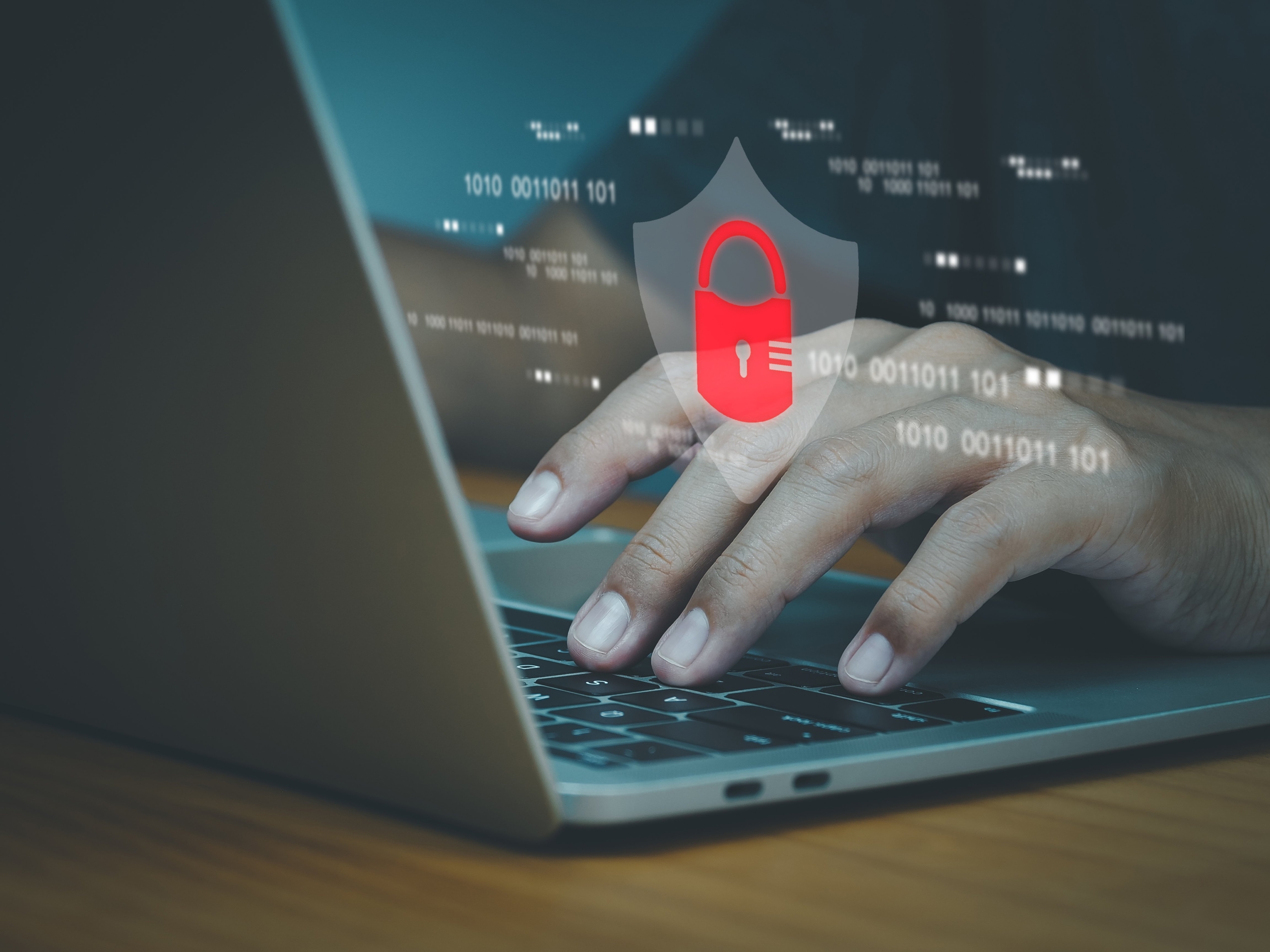Strategies for Handling a REvil Ransomware Attack
Understanding the Threat of REvil Ransomware
With the advent of cybercriminal organizations leveraging ransomware as a service, companies like ours must remain vigilant. REvil ransomware has emerged as one of the most formidable threats, capable of crippling day-to-day operations and compromising sensitive data. Recognizing the sophistication of these attacks, we have prioritized staying abreast of evolving threats to ensure our preparedness is commensurate with the potential impact on businesses.
Recognizing the Signs of a REvil Attack
Handling a REvil ransomware attack begins with early detection. Our team is trained to identify the telltale signs of a compromise, such as unusual file encryption activity and ransom notes. Continuous network monitoring plays a critical role in our ability to quickly detect and address these threats. By implementing vigilant surveillance measures, we can minimize the latency between an initial breach and our response to it.
Building a Proactive Defense Against Ransomware
The cornerstone of our cybersecurity strategy is proactive defense. We emphasize the importance of training our employees to recognize and thwart phishing attempts and other social engineering tactics. Additionally, we stress the necessity of maintaining a robust backup and disaster recovery plan, ensuring that, in the event of an attack, our system integrity and business continuity are preserved.
Immediate Actions to Take After Identifying a REvil Attack
Isolating Infected Systems to Prevent Spread
When you’re facing a REvil ransomware attack, the immediate step we advise is to isolate the affected systems from your network. This action is crucial as it prevents the ransomware from spreading to other devices and causing more extensive damage. We recommend disconnecting from Wi-Fi, unplugging ethernet cables, and disabling any wireless connectivity. Additionally, segregating the network can help contain the outbreak while we conduct a thorough investigation.
Assessing the Extent of the Breach and its Impact
Assessment follows isolation, as we need to understand the magnitude of the infiltration to tailor an effective response. Our team delves deep into the network to identify which systems were compromised and the data that may have been encrypted by the ransomware. Noteworthily, by methodically evaluating each segment of your network, we gather critical information that informs the steps toward recovery.
Communication Strategies: Informing Stakeholders Without Causing Panic
A REvil ransomware attack brings a significant burden of responsibility in communication. We ensure to maintain transparency with stakeholders, including customers, employees, and partners, while strategically avoiding panic. It’s imperative to convey the situation’s seriousness and our actions to address it without inciting undue alarm. Being clear and concise in our communication fosters trust and reassures stakeholders of our proficiency in managing the situation.
- Maintain Composure: Even in the face of adversity, keeping calm helps us manage the incident more effectively.
- Timeliness: We aim to relay information swiftly to affected parties, ensuring they receive updates as soon as they’re available.
- Accuracy: Conveying factual information prevents misinformation and maintains our integrity throughout the recovery process.
- Resilience: Showcasing our decisive action plan fortifies confidence in our abilities to rectify the attack’s consequences.
Did you know? The REvil ransomware, also known as ‘Sodinokibi’, emerged in 2019 and quickly became notorious for its high-profile attacks and demand for large ransoms.
Strategic Insights on Navigating REvil Ransomware Intrusions
Dealing with a REvil ransomware attack can be a formidable challenge for any organization. Amidst the complexities of modern cybersecurity threats, it’s crucial to acknowledge that preparation and resilience are key to overcoming these intricate issues. Our commitment to helping businesses navigate the aftermath of ransomware attacks is unwavering. At Alvaka, we understand that the path to recovery and resilience is not just about robust IT systems, but also about fostering a culture of awareness and readiness within your business.
Developing a Robust Recovery Plan Post-Ransomware Attack
In the wake of a ransomware incident, it’s essential to view the experience as a learning opportunity. This means not only restoring operations but also analyzing what transpired and how we can bolster our defenses for the future. We take pride in our ability to work with businesses to not only provide immediate remedies but also long-term strategies. Our post-incident analysis involves a comprehensive review of security policies, system vulnerabilities, and staff training protocols. Through these measures, we ensure that our clients emerge stronger and more prepared to face potential cyber threats.
Adapting to Evolving Cybersecurity Challenges and Ransomware Tactics
As technology evolves, so do the tactics of cybercriminals. This constant challenge propels us to stay ahead of the curve, continuously enhancing our methodologies and services. Our dedication to mastering the latest in cybersecurity ensures that we remain adept at ransomware recovery and prevention. Handling REvil ransomware attack scenarios requires agility and up-to-date knowledge—qualities that define our approach at Alvaka.
Prioritizing Your Business’ Security in the Fight Against Ransomware
Conclusively, handling REvil ransomware attack demands a multifaceted strategy, one that combines immediate, decisive action with a long-term commitment to security. Our experts at Alvaka are equipped to provide the necessary guidance and support throughout this process. Trust us to be your partner in not only recovering from ransomware attacks but also in fortifying your defenses to deter future threats. We are dedicated to empowering your business with the tools and knowledge required for ultimate cybersecurity resilience.
FAQ
What is REvil ransomware and how does it affect businesses? ▼
REvil ransomware is a type of malware that encrypts data on infected systems, demanding a ransom for decryption keys. Consequently, it can disrupt business operations, lead to data loss, and compromise sensitive information. As part of the Ransomware as a Service (RaaS) model, it poses a significant threat by making sophisticated attacks accessible to a wider range of cybercriminals.
How can we recognize a potential REvil ransomware attack? ▼
To identify a REvil attack, look for unexpected file encryption, ransom notes on your systems, or unusual network activity. Implementing network monitoring tools can aid in early detection, and therefore, a timely response is crucial for limiting the damage.
What steps should we take to build a proactive defense against ransomware? ▼
We must focus on training employees to spot phishing attempts and avoid social engineering traps. Additionally, we should establish strong backup protocols and a disaster recovery plan to ensure business continuity in the event of an attack.
What is the first action to take once we’ve identified a REvil attack? ▼
Our initial step should be to isolate the affected systems as quickly as possible. This helps prevent the ransomware from spreading to other parts of our network, thus containing the breach.
How do we assess the extent of a REvil ransomware breach? ▼
We must conduct a thorough investigation to determine which systems are affected and the scope of the data encryption. Utilizing our network monitoring tools and consulting with cybersecurity experts will help us gain a clear understanding of the breach.
How should we handle communication following a REvil ransomware attack? ▼
It’s essential to communicate transparently with stakeholders, including employees, customers, and partners, about the situation. However, we need to balance openness with discretion to avoid unnecessary alarm and to protect sensitive information about our security posture.
Is paying the ransom a recommended strategy? ▼
Paying the ransom is generally not advised as it doesn’t guarantee data recovery and may further incentivize attackers. Instead, we should focus on restoring systems from backups and seeking assistance from law enforcement and cybersecurity professionals.
How important are backups in responding to a ransomware attack? ▼
Regularly maintained and securely stored backups are essential. They allow us to restore our data and resume operations without giving in to the attackers’ demands. Ensuring that backups are also immune to ransomware attacks is critical for their effectiveness.
Should we attempt to remove REvil ransomware on our own after an attack? ▼
While it may be tempting to try to remove the ransomware, doing so without the proper expertise can lead to further damage. Therefore, we should engage cybersecurity experts who are equipped to safely mitigate the attack and recover our systems.
What role does employee education play in preventing ransomware attacks? ▼
Employee education is a cornerstone of cybersecurity. By training staff to spot suspicious emails, avoid clicking on unknown links, and report incidents promptly, we can significantly reduce the likelihood of a successful ransomware infiltration.








 You want to enter in a fully burdened labor rate for this field. What that means is that you want to take the base hourly rate, plus 25-30% for employer payroll taxes, benefits, vacation/holiday time, etc.
You want to enter in a fully burdened labor rate for this field. What that means is that you want to take the base hourly rate, plus 25-30% for employer payroll taxes, benefits, vacation/holiday time, etc.
 Smoke testing is a type of software testing performed by Alvaka after a software patching sequence to ensure that the system is working correctly and to identify any misconfigurations or conflicts within the patched system.
Smoke testing is a type of software testing performed by Alvaka after a software patching sequence to ensure that the system is working correctly and to identify any misconfigurations or conflicts within the patched system. This is a basic cost calculator for you to compute your typical monthly cost for patching your servers, PCs, laptops, tablets and associated application software. It also forms the basis for you to begin calculating your Return on Investment for software patching, or for comparison with alternatives to the manual process of patching operating systems and application software—such as Patch Management as a Service, also known as Vulnerability Management as a Service.
This is a basic cost calculator for you to compute your typical monthly cost for patching your servers, PCs, laptops, tablets and associated application software. It also forms the basis for you to begin calculating your Return on Investment for software patching, or for comparison with alternatives to the manual process of patching operating systems and application software—such as Patch Management as a Service, also known as Vulnerability Management as a Service. Smoke testing is a term used to describe the testing process for servers after patches are applied.
Smoke testing is a term used to describe the testing process for servers after patches are applied.